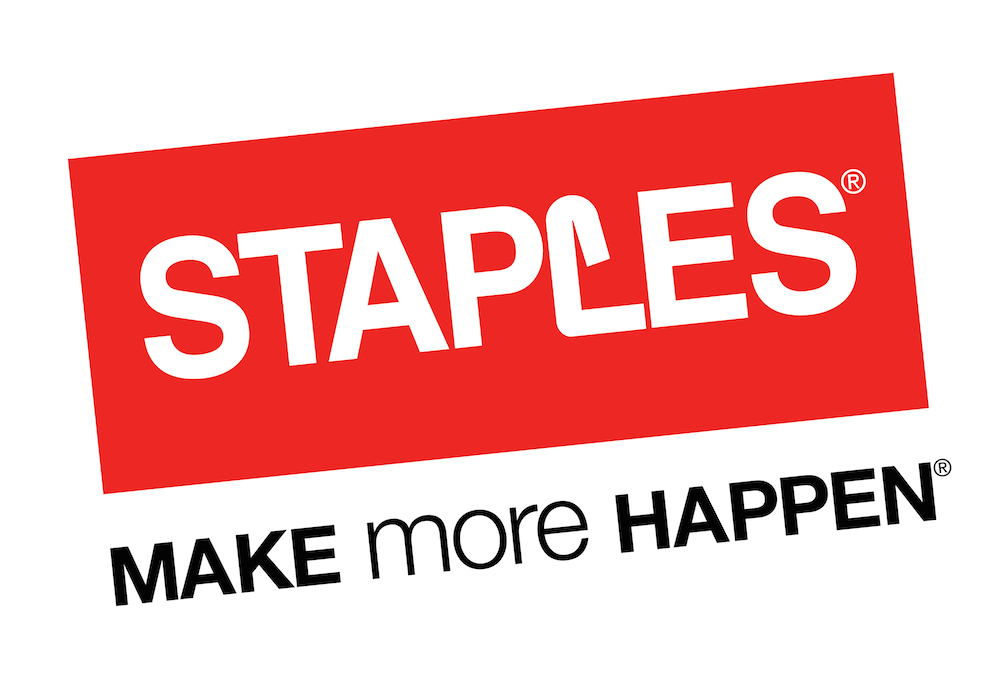
Founders, when they’re first starting out, will work anywhere and everywhere — coffee shops, home offices, the library and even park benches. When you’re ready to scale; however, you’ll need more than your willpower and laptop; you’ll need an office that accommodates your rapidly growing team, sustains productivity and fosters creativity — and that’s only the beginning.
Location can play a major role in your organization’s success. Let’s say you locate your business in a major tech hub like San Francisco or New York, for instance. You’ll be competing for talent in an incredibly fierce employment ecosystem.
But let’s say you move your business to Santa Cruz, which is an hour away from Silicon Valley — your employees will be exhausted from their commutes. On top of these logistical considerations, you’ll be balancing rent leases and the availability of physical space.
In high-demand areas, great spaces are hard to come by. You need to get creative. Here are five tips to help you find the best possible space, in the best possible location, at the best possible price point.
1. Don’t feel obligated to sign a long-term lease
If your company is rapidly evolving, there is a chance that you will outgrow your space. As tempting as it may be to commit to a particular location, you should hold off for as long as possible.
Many coworking spaces — like WeWork, the Hattery, or NestGSV — offer alternatives, including flexible accommodations for larger teams.
Coworking spaces typically offer dedicated desks, and even private offices, on a month-to-month plan. Some spaces offer options for teams as big as 30 employees. You may choose to spend several years in this type of location — and enjoy added benefits like community classes, gym membership deals, and discounted event space — for years.
There’s no need to sign a long-term lease until you’re truly ready. Coworking spaces provide valuable short-term and longer-term opportunities — and if you’re worried about being turned over on a short lease? Talk to the management team of your coworking space, and try to negotiate a flexible agreement. You may have more options than you realize.
2. Conduct a thorough neighborhood assessment
In addition to vetting potential office spaces, you need to evaluate the areas around them. What are the crime rates and patterns? What are the Yelp reviews for local restaurants?
These quality of life questions are not only essential for team morale — they’ll help minimize liabilities and ensure that your team is safe. A ‘discounted’ office in New York or San Francisco may sound like a deal at first, for instance, but it won’t be the bargain you wanted if your employees get robbed or your office equipment is stolen.
You can evaluate crime patterns by talking with fellow business owners, consulting with local law enforcement, and reviewing statistics from public resources like the FBI. Visit the area at a few different times a day, and make sure that the location is a place where you would feel comfortable – and excited – to spend the next few years of your life.
3. Be smart about transportation
Office space close to public transportation will likely cost more, but it’s worth it. In areas where the competition for talent is fierce, your proximity to trains and buses will be a strong value add.
Commuting is physically and emotionally excruciating – the more that team can avoid the drudgery of sitting in the car for long hours, the more likely they will be to enjoy their roles within your organization.
If you have no choice but to locate in a more remote area?
Consider contracting with a shuttle company, organizing team carpools, or choosing a location that allows the majority of employees to commute against the flow of traffic. Give your employees flexible options for getting to work.
4. Know the financial picture
When choosing a location for your business, you can’t afford to ignore the financial considerations. Business license taxes, for instance, can vary dramatically from city to city — assessed as a flat fee in one location versus a percentage of gross receipts in another.
There may also be hidden costs, according to the Small Business Administration, for renovations, decorations, and upgrades. You may also want to work with a CPA or lawyer to evaluate government economic business programs such as small business loans or other incentives.
5. Always plan for growth
Whatever you do, don’t underestimate your company’s capabilities. You don’t know what you don’t know, and you can’t predict the future. While it’s true that anything could happen – your business could flop or remain stagnant – you need to plan for a bright future.
You need to choose an office space that scales and grows with you – that navigates challenges and uncertainty with you. These situations will vary from business to business – startups, for instance, have different considerations from 100-year old firms – and it is important to take a step back and thoroughly assess yours.
When in doubt, work with a consultant in your industry – and if you have questions, you can start by evaluating publicly available data and trends.
Final thoughts
Your business’s location will have a direct relationship with your bottom line. Make sure that you choose a location that makes financial sense — but not at the expense of your employees’ lifestyles.
After all, your team will power your business. Make sure that they are located in a setting that leaves them happy, healthy, and safe.
Prefer to work from home? Check out our guide to designing an office that boosts productivity.
Featured image credit: Shutterstock/fuyu liu
Get the TNW newsletter
Get the most important tech news in your inbox each week.
This post is brought to you by Staples. We have everything your business needs to Make More Happen every day, including furniture solutions for any workspace.









